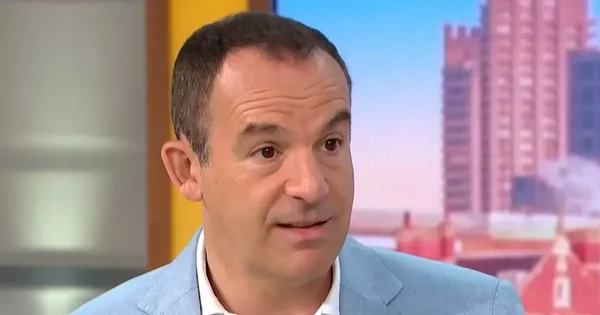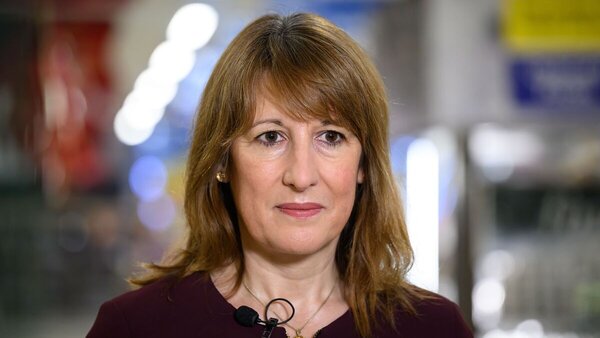Time to connect the dots
Did you know that the Capital Gains Tax allowance had been cut in half for 2023/24?
Well, now you do... everyday is a school day!
Pretty big change, right? Whether you're a pro investor or just getting started, this affects your pocket. The good news?
There are smart ways to handle these changes and keep your finances healthy.
Let's figure this out together.

What was the Capital Gains Tax Allowance for 2023/24?
At Pie Tax, we've guided countless clients through the maze of Capital Gains Tax (CGT). It's the tax you pay on profits from selling certain assets, and it's been keeping us busy!
The Capital Gains Tax allowance 2023/24 had been a hot topic in our offices.
Set at £6,000, it's nearly halved from the year previous' whopping £12,300. We've seen this change like this catch many of our clients off guard.
Here's how we explain it: If you sell shares for a £10,000 profit, only £4,000 is subject to tax. The first £6,000? That's your tax-free slice.
It's all about knowing the rules and making them work for you. That's where our expertise comes in handy!
Who Does the CGT Allowance Affect?
We've seen the CGT allowance impact a diverse clientele.
It applies to profits from various chargeable assets - shares, UK residential property, collectibles, and even crypto.
The annual tax-free allowance affects all taxpayers, but exceptions exist. Your main residence is usually protected by Private Residence Relief.
For entrepreneurs, we've used Business Asset Disposal Relief to great effect.
We've helped couples and civil partners maximise their allowances. Each gets a £6,000 CGT annual exempt amount - we've guided many in doubling tax-free gains through smart transfers.
Understanding CGT's interaction with taxes like Stamp Duty Land Tax is crucial, which is where our expertise comes in handy!


How to Calculate Your Capital Gains Tax
At Pie Tax, we've simplified CGT calculations for countless clients:
- Determine total taxable gains: Profit minus purchase cost and allowable expenses. We've saved clients thousands by identifying overlooked expenses.
- Subtract the Capital Gains Tax allowance (£6,000 for 2023/24).
- Add remaining taxable gain to other income.
Basic rate taxpayers pay 10% on most assets and 18% on residential property. Higher rates are 20% and 28% respectively.
Example: A client sold shares for £20,000 profit. After the £6,000 allowance, £14,000 was taxable. As a basic rate taxpayer, they paid £1,400 CGT.
Common pitfall? Forgetting how gains affect overall tax brackets. We've helped many clients avoid this costly mistake.
Strategies to Maximise Your CGT Allowance
Timing is crucial. Spreading asset sales across tax years can be a game-changer.
We once saved a client over £3,000 by splitting a large sale over two years.
Tax-efficient vehicles like ISAs and pensions are goldmines. We've guided many clients to shelter investments from CGT this way.
Offsetting gains with losses is another strategy we frequently employ. It's surprising how many clients forget about those old, underperforming shares!
For couples, transferring assets between spouses or civil partners can effectively double the allowance.
Remember, it's not just about reducing tax - it's about smart financial planning.


Changes on the Horizon: Future of CGT Allowance
The future of CGT allowance is set for significant shifts, impacting chargeable gains on various assets.
The allowance has decreased to £3,000 in the 2024/25 tax year.
Political changes could further impact tax policy.
Some propose aligning CGT rates with income tax rates, potentially increasing tax liability for many, including those with carried interest.
To prepare, we're encouraging clients to review their strategies now.
Consider realising gains strategically, explore tax-efficient vehicles, and for some, leveraging Entrepreneurs' Relief.
For couples, we're looking at ways to effectively transfer assets.
Don't forget to reassess your personal possessions too - they might be subject to CGT.
International Aspects of Capital Gains Tax
International CGT has evolved into a complex web of cross-border considerations.
For non-UK residents, property sale rules have changed since 2015, with new reporting requirements and deadlines, while overseas asset taxation requires navigation of both UK and local laws.
The strategic use of double taxation agreements can significantly reduce tax liabilities, though these opportunities are often underutilized in tax planning.
Understanding how these agreements interact with local tax systems could be the key to optimizing your international tax position.


Digital Assets and CGT: Navigating the New Frontier
We've seen digital assets turn the CGT world upside down.
Our clients' questions about cryptocurrencies and NFTs have skyrocketed.
HMRC's view of crypto as property, not currency, has led to some interesting tax scenarios we've had to navigate.
Valuation has been our biggest challenge, especially with NFTs.
We've also noticed HMRC becoming increasingly savvy at tracking crypto transactions.
Our digital asset investors have learned the hard way that meticulous record-keeping is non-negotiable.
We've helped clients avoid significant CGT pitfalls in this complex area.
Our advice? Stay informed and prepared.
In this rapidly evolving tax landscape, we're here to help you stay ahead of the curve.
Final Thoughts
Navigating the 2023/24 Capital Gains Tax allowance wasn't as daunting as it seemed. By understanding the limits, calculating gains correctly, and employing smart strategies, many investors successfully optimized their tax position.
Remember, tax efficiency is an ongoing process, not a one-time event. As we move into 2025, staying informed about new changes remains crucial. The lessons learned from managing CGT liabilities in 2023/24 have provided valuable insights for future planning.
The investors who reviewed their investments, planned their disposals wisely, and made the most of every pound of their allowance were best positioned for success. Here's to continuing smart investment and savvy tax planning in 2025!











